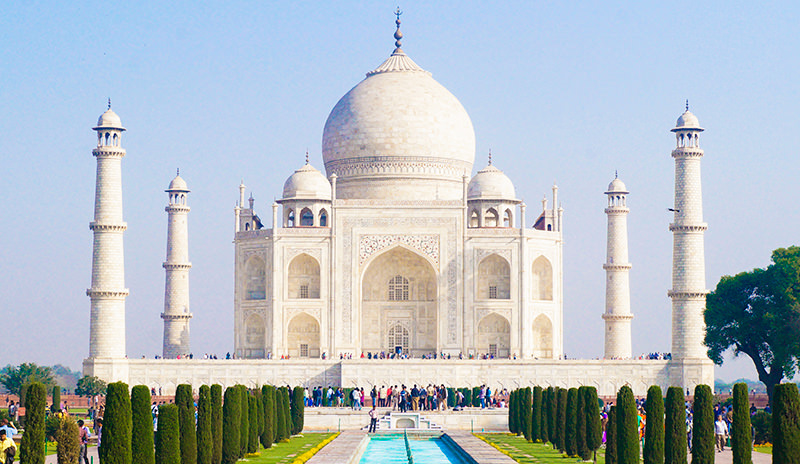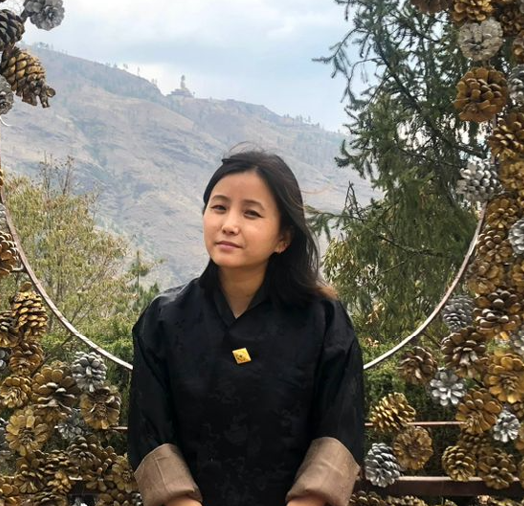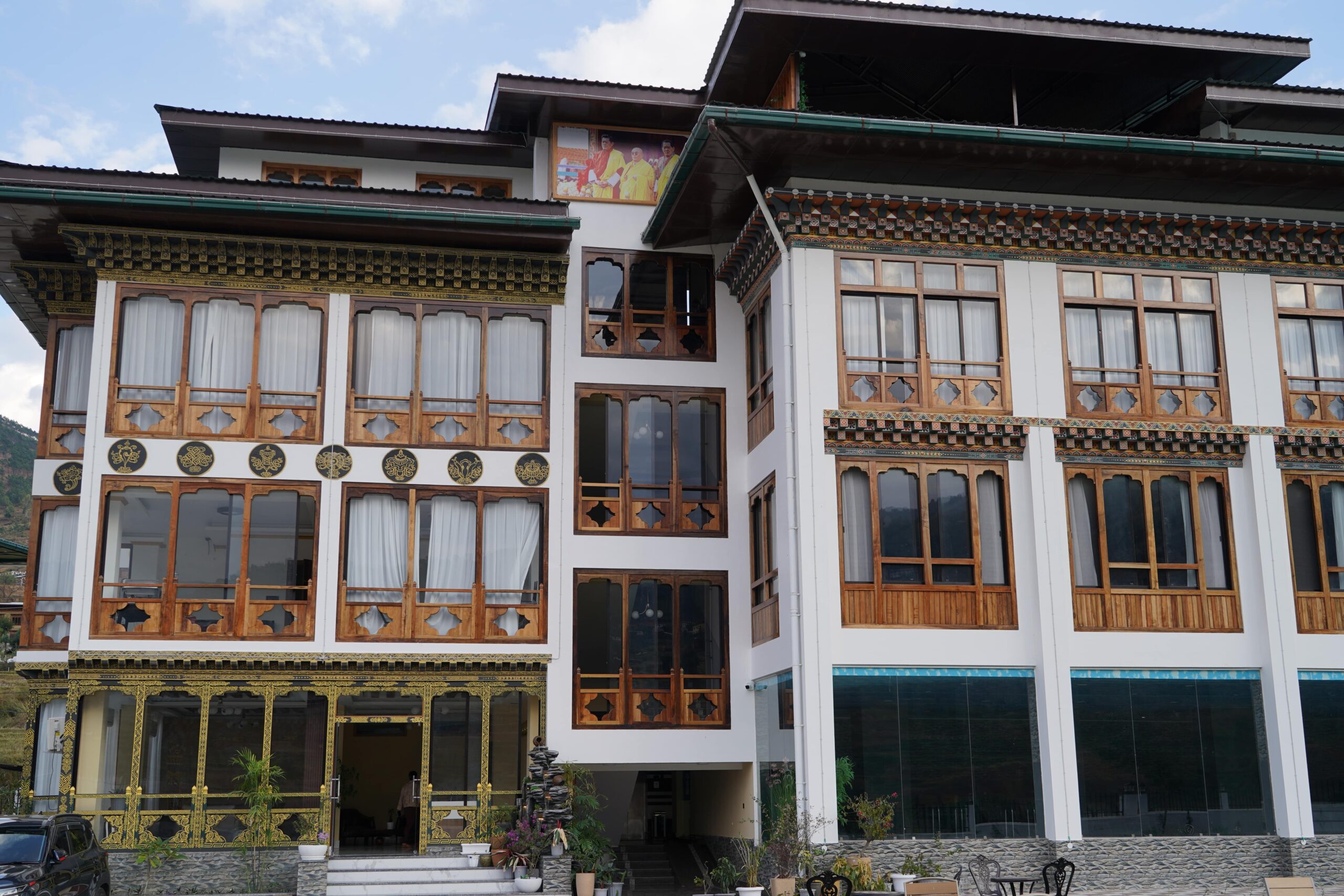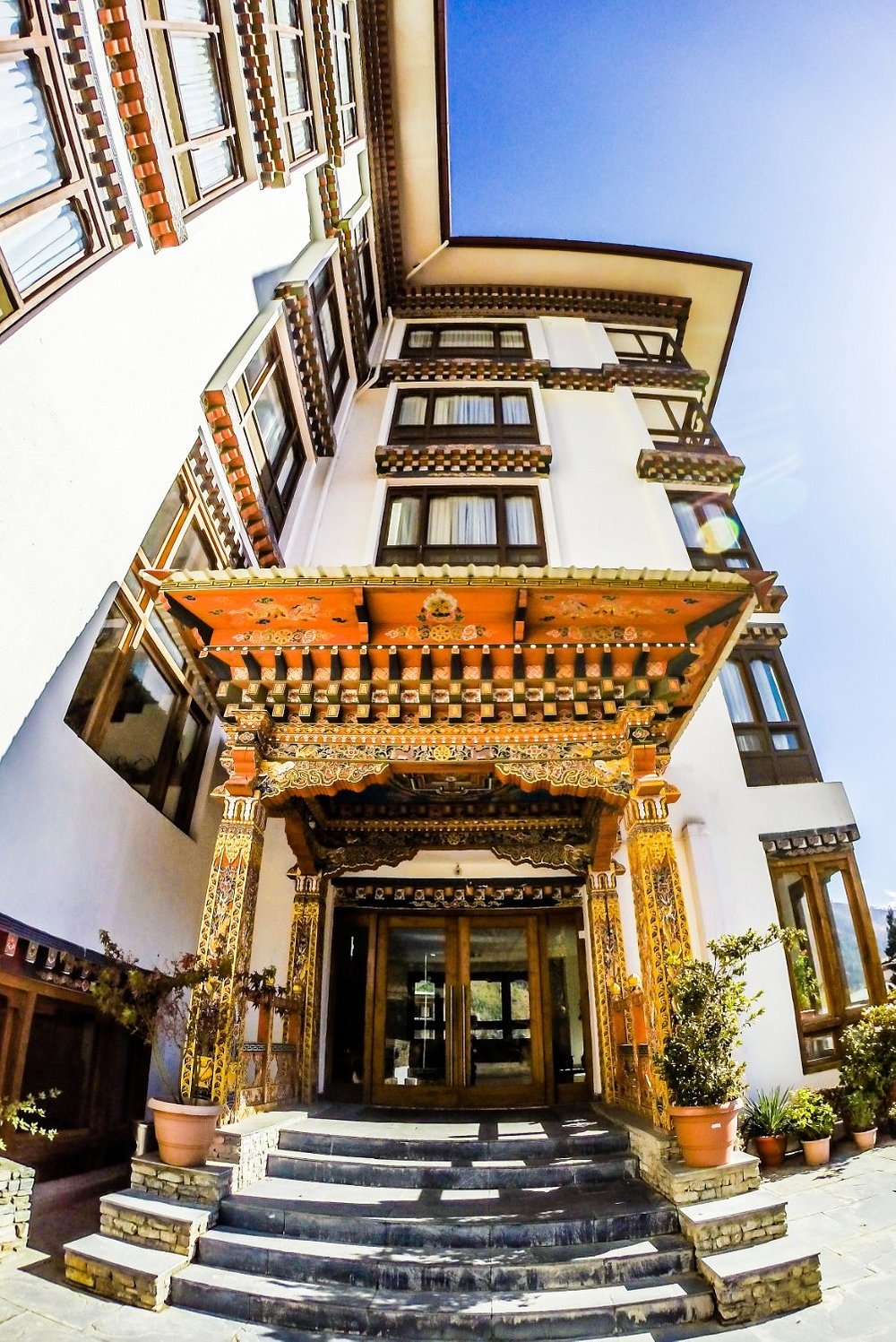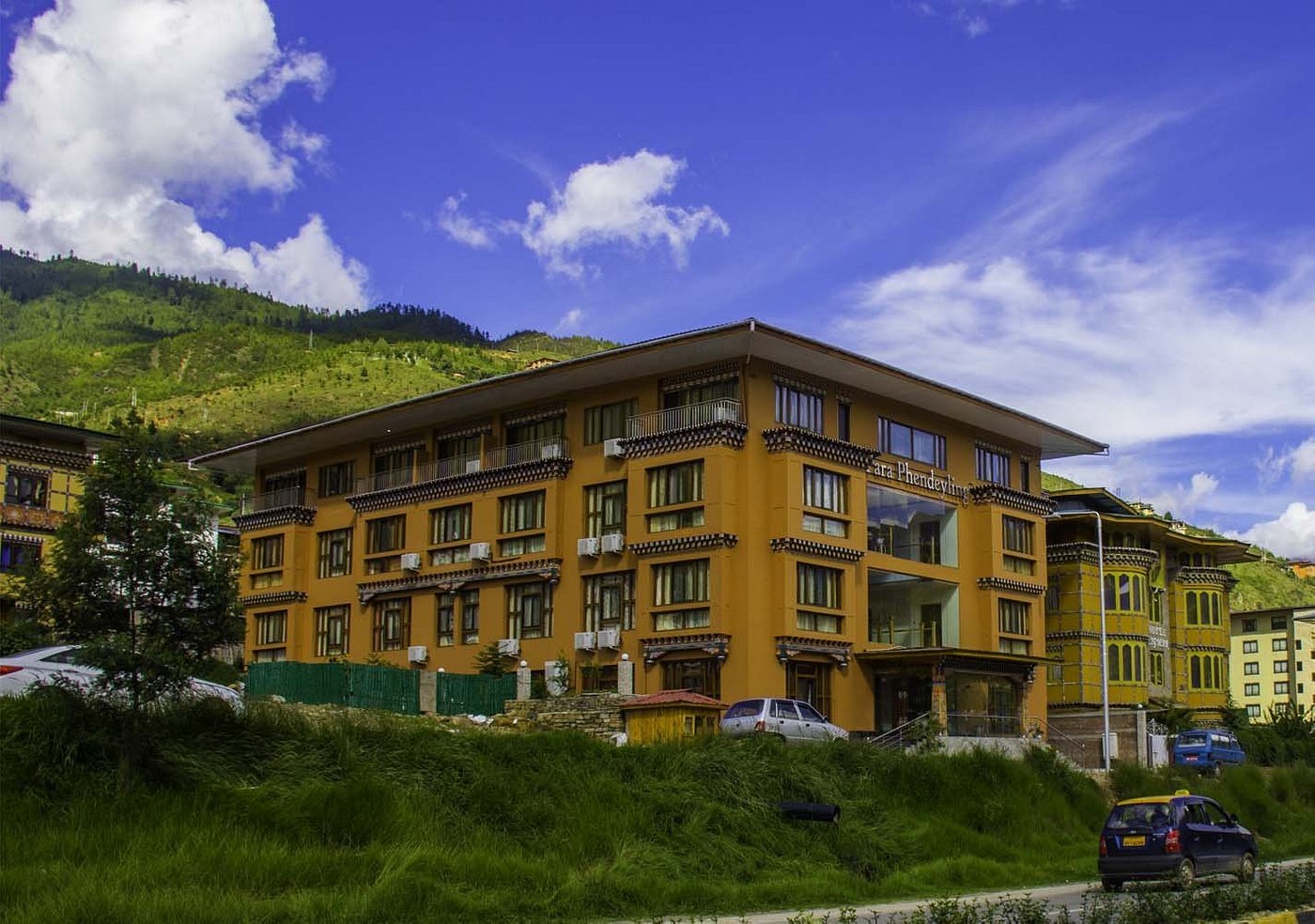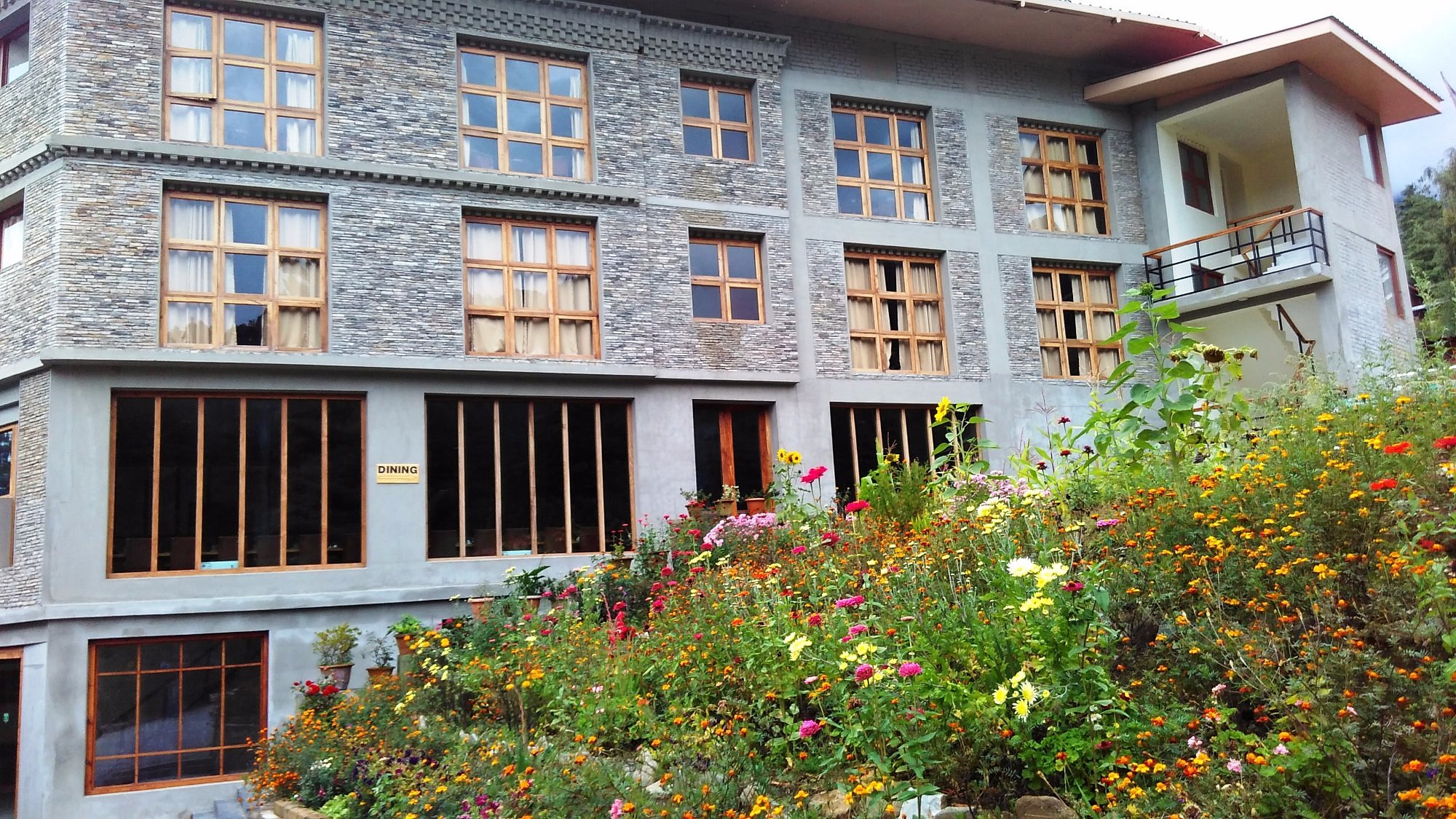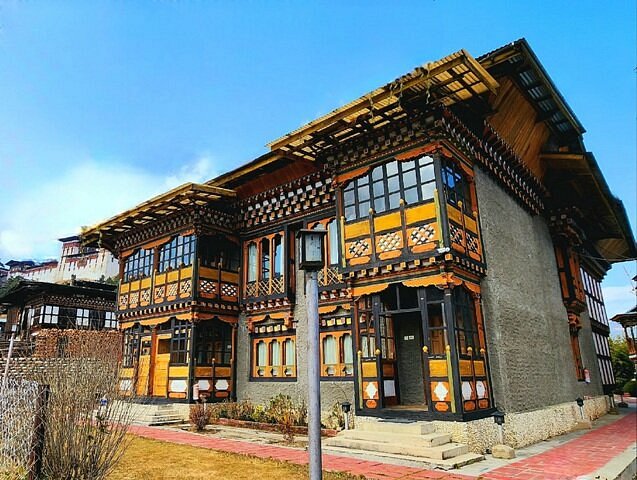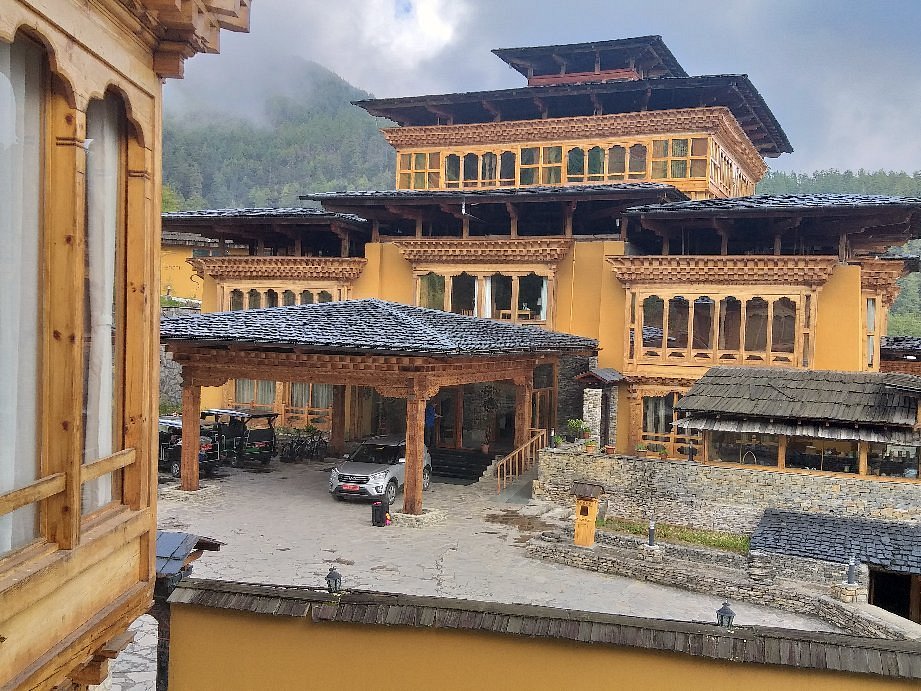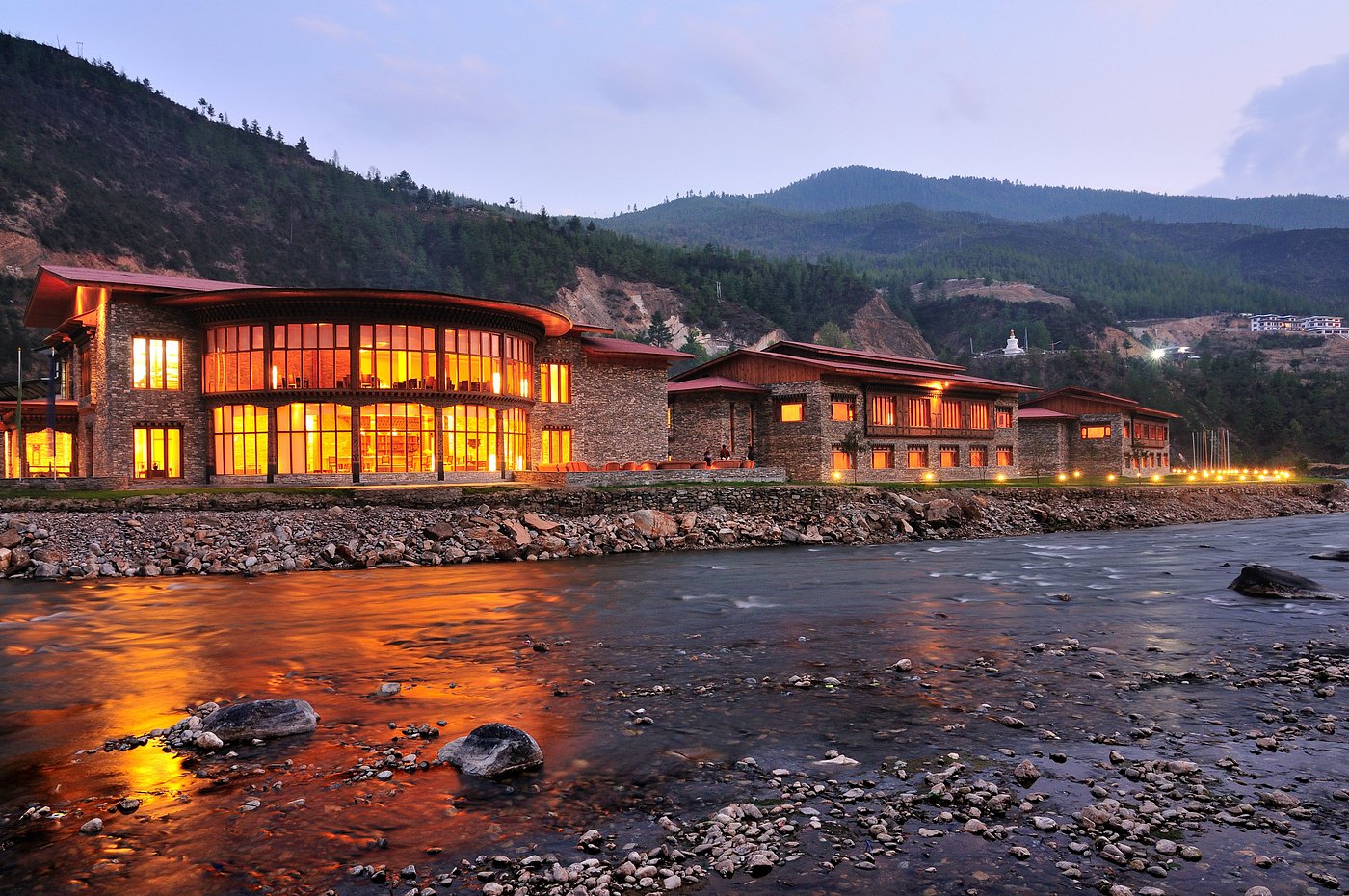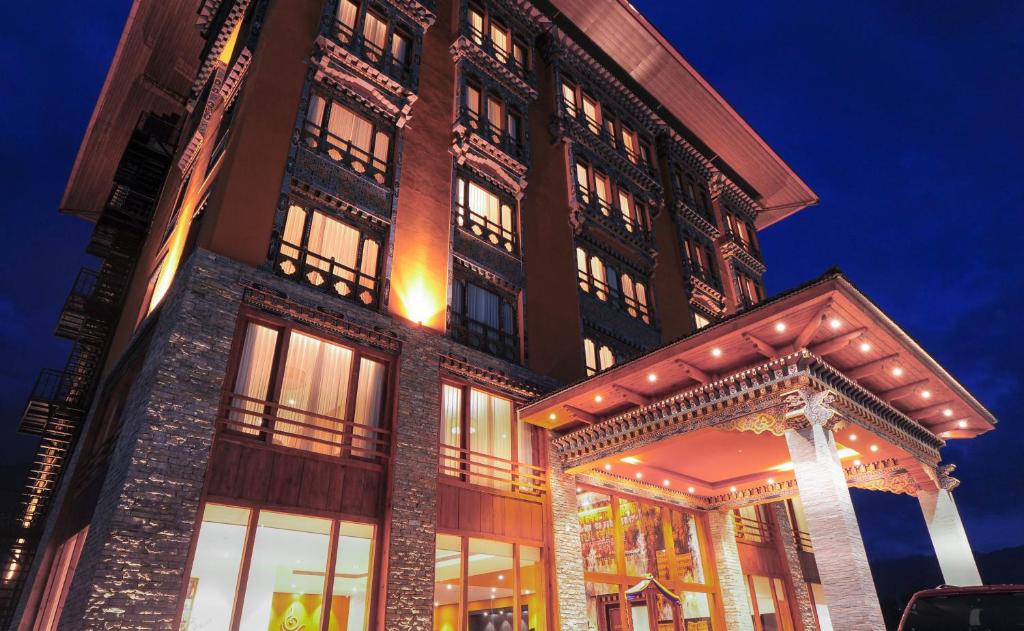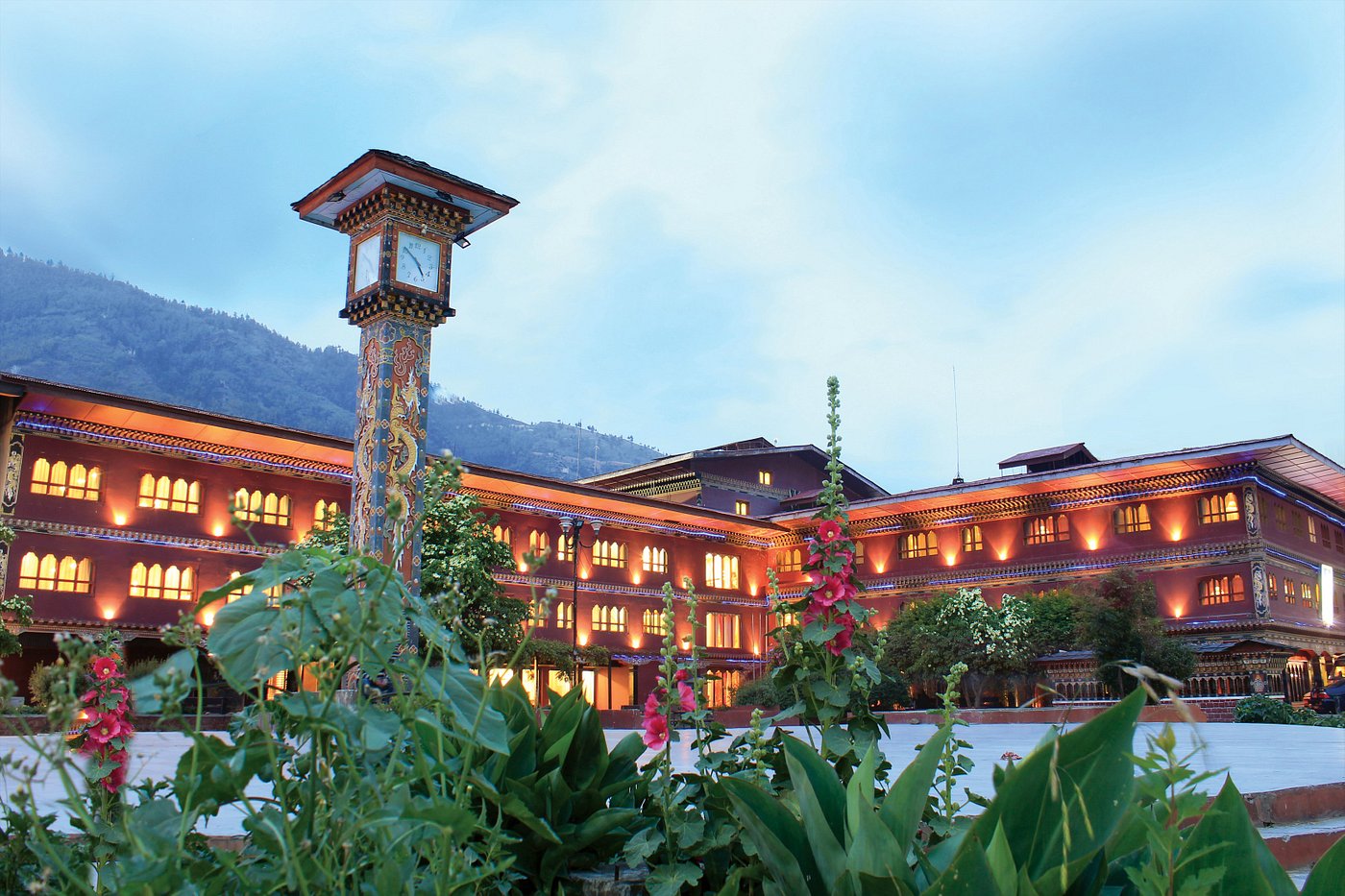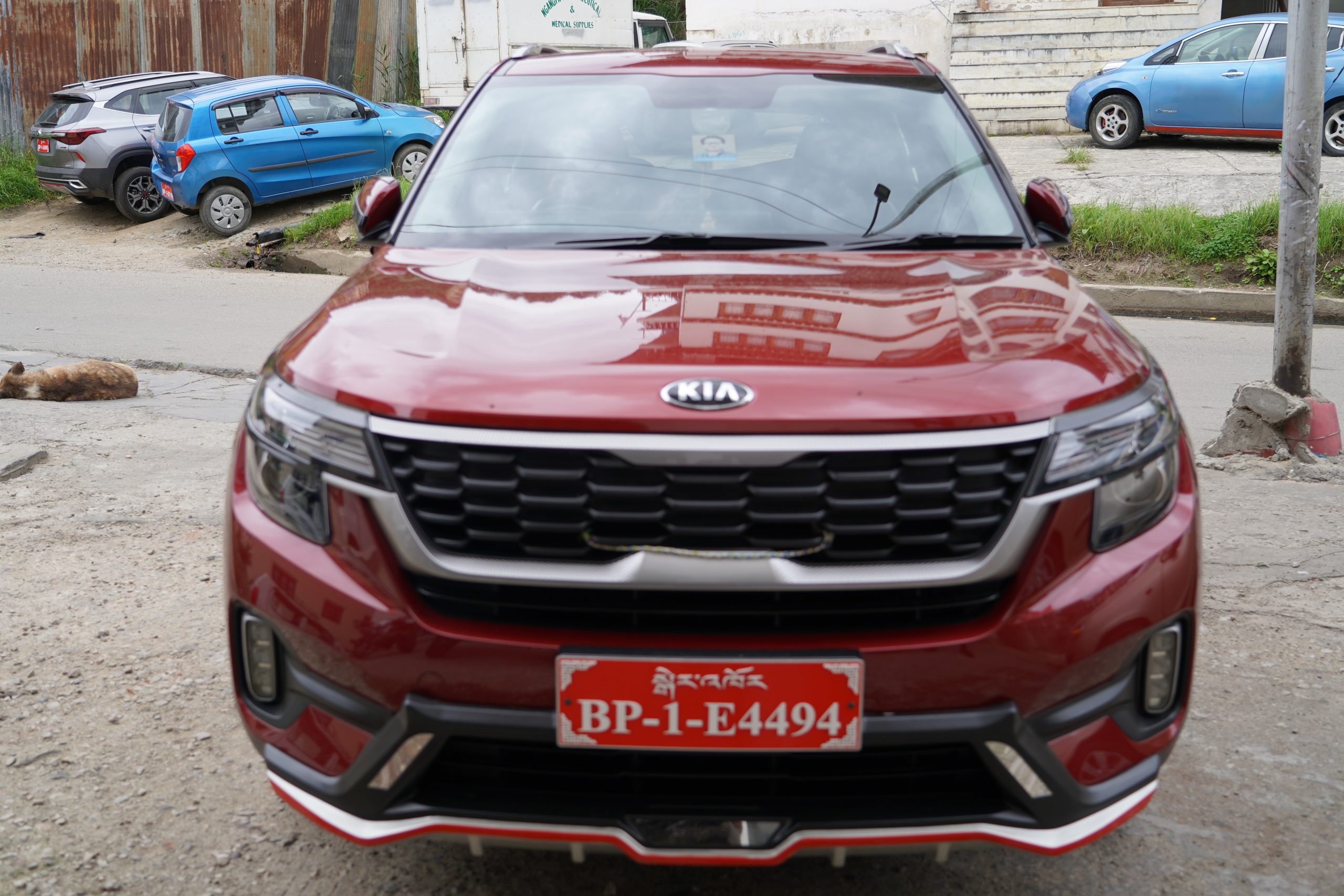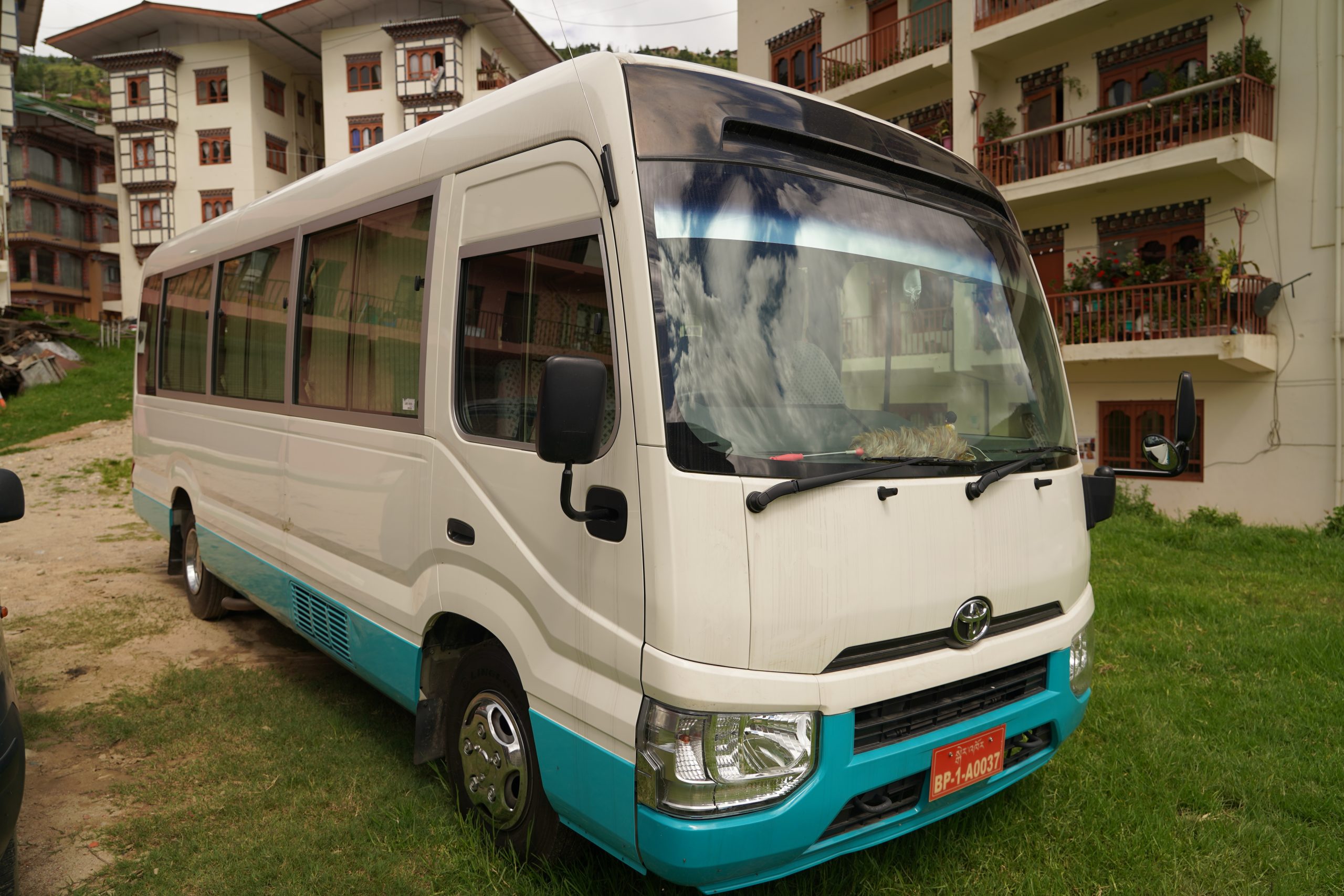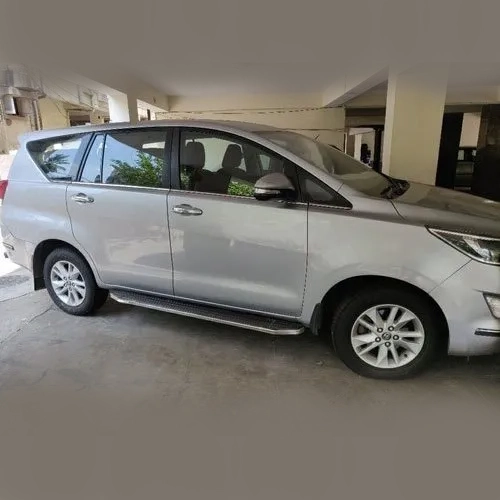India Beckons
- Official Name: Republic of India, Bharat.
- From of Government: Federal republic.
- Capital: New Delhi.
- Population: 1.4 Billion.
- Official Language: Hindi, English, and 21 others.
- Money: Rupee.
- Area: 1269345 square miles.
- Major Mountain range: Himalaya.
- Religion: Multiple but most Hindus.
Trip overview
- India, one of the oldest civilizations in the world, boasts a diverse and multicultural society. The country is a popular tourist destination due to its rich heritage and a multitude of attractions. India’s vast expanse stretches from the snow-capped Himalayas in the north to the tropical rainforests in the south, and it is surrounded by mountains and the sea, giving it a unique geographical identity. As you travel through India, you will encounter various cuisines, faiths, arts, crafts, music, nature, lands, tribes, history, and adventure sports, making it an exciting and enchanting destination. From the grandeur of the Taj Mahal to opulent palaces and forts, India is home to numerous heritage sites that are hundreds of years old. The country also offers a variety of shopping experiences and serene natural retreats, along with the opportunity to indulge in wildlife sanctuaries and adventure sports. India is an incredible and intriguing destination that has something for everyone, from yoga and meditation to trekking in the Himalayas and exploring ancient temples.
Itinerary
Architectural Wonders
- India has a rich cultural heritage seen in its many attractions, including heritage sites, royal palaces, and ancient temples. The TajMahal is a world wonder that is a major draw for visitors. Rajasthan, Uttar Pradesh, and Tamil Nadu are some of the significant cultural cities in India, each with its unique attractions. Museums and galleries across the country immortalize India’s glorious ancient history and vibrant traditions.
Festivals
-
India is a country with a diverse population, and as such, there are numerous festivals celebrated throughout the year. National festivals like Republic Day, Independence Day, and Gandhi Jayanti are celebrated with patriotic fervor. Religious festivals such as Diwali, Holi, Eid, Christmas, and others are celebrated according to their respective calendars. In addition to these, there are seasonal festivals that mark new beginnings and are celebrated with great joy across the country. Festivals bring people together, spreading happiness and promoting a sense of unity among different communities.
Dress
- India is a country with a diverse culture that dates back to the 5th millennium BC, where people used to spin, weave, and dye cotton. Over time, the textile industry of the subcontinent expanded as new trade routes were established. Traditional clothing worn by Indian women and men are associated with local culture, religion, and climate. Some of these traditional dresses include the MekhelaSador, SalwarKameez, Churidaar, Anarkali suit, LehengaCholi, Dhoti, Panche, Anchkan/Sherwani, Bandhgala, Sari jama, and Pagri. The cotton industry was very advanced, and some techniques used in the past still survive today. The ancient textile industry traded with China, Southeast Asia, the Roman Empire, the Arabs, and Europe in a lucrative exchange of spices and clothing.
Food
- Indian cuisine is a diverse blend of culinary influences and traditions from all over Asia, featuring staple foods such as rice, millet, lentils, and a variety of spices including chili peppers, cumin, and turmeric. The cuisine varies widely between North and South India, with North Indian dishes tending to be rich and spice-forward, while South Indian cuisine features coconut milk-based flavors and thinner sauces. The cuisine is generally vegetable-forward and includes plenty of vegetarian and vegan options, while proteins like lamb, fish, and chicken are also favored. Complimentary sides like papadum, raita, and chutneys are an important part of any Indian meal.
Flora
-
India has a diverse range of vegetation due to its varied climatic conditions. It can be divided into eight regions based on flora, including the western and eastern Himalayas, Assam, Indus plain, Ganga plain, Deccan, Malabar, and Andaman. Each region has its unique set of trees and vegetation. India is ranked tenth in the world and fourth in Asia in terms of plant diversity. The Botanical Survey of India has described over 46,000 species of plants from about 70% of the geographical area surveyed so far. Out of these, 1,336 species are considered vulnerable and endangered, and 20 species are possibly extinct.
Best Time to visit India
- The ideal time to visit India is from October to March, as the weather is generally warm and dry, with clear skies in the north. December and January can be cooler with fog, and the higher Himalayas are very cold but offer great views. April and May are cheaper but have higher humidity and thunderstorms. Ladakh is best visited from June to September, while the monsoon season ends in November, making it the best time to visit India’s southern states.

